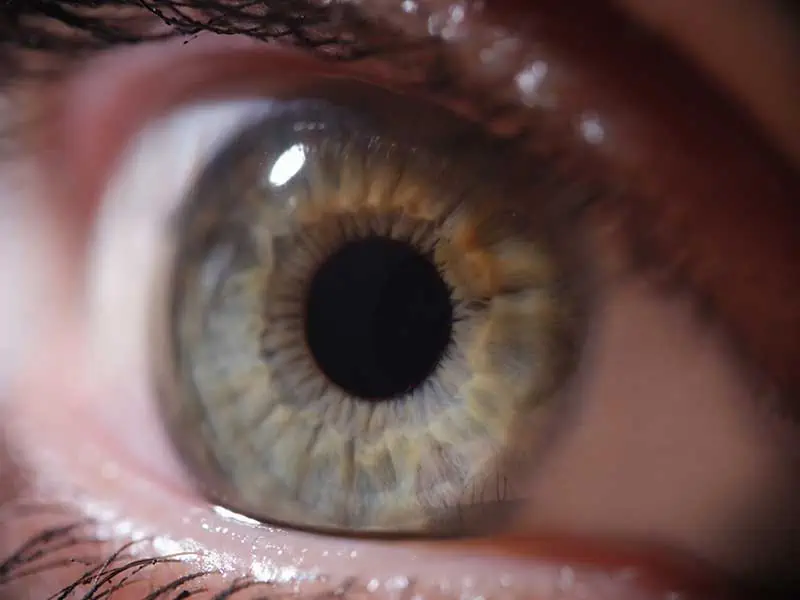
Issue 6/2022
P. Vassileva, Y. Kirilova
Specialized Eye Hospital for Active Treatment “Acad. Pashev” Sofia
Purpose: To investigate the clinical course of NTG patients diagnosed and referred to our tertiary eye hospital and to demonstrate the need for personalized target IOP, much below the recommended levels. Methods: Retrospective clinical study of all NTG patients diagnosed and treated for 2 years. Diagnosis was based on presence of glaucomatous nerve head damage, retinal nerve fiber layer thinning, characteristic visual field defects and maximal intraocular pressure < 21.0mmHg. Routine eye exam, optic coherence tomography and central corneal thickness had been performed. Follow up period: 38-16 months. Results: Altogether 80 patients have been included: female 50 (62 %) and male 30 (38 %) with average age of 75,5 ( 62-87 ). Most patients have unstable blood pressure with nocturnal fluctuation and big differences of IOP measurements. Abnormal vasoregulation with headaches (with or without migrane), cold hands and feet were also observed. Progression after IOP lowering to 17 .0 mmHg occurred in 35 patients (40%), and in 20 patients (25%) - even below 15.0 mmHg. Different speed in NTG progression was observed with better results after lowering IOP in early stages of NTG. Conclusion: As a result of our clinical experience, a new criteria for „normal“ tension glaucoma has been proposed (max IOP < 18 mmHg). Maintaining significantly lower IOP (<15 mmHg), especially is patients above 70 year of age with the help of medication, laser treatments and surgical interventions in patients with NTG is mandatory. Address for correspondence: P. Vassileva, Y. Kirilova Specialized Eye Hospital for Active Treatment “Acad. Pashev” Sofia 51, Em. Vaskikovich, Str. 1517, Sofia, Bulgaria
